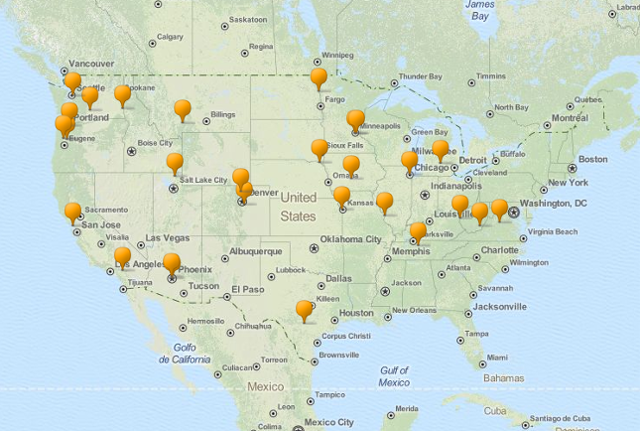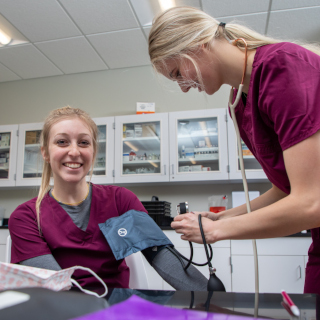Frequently Asked Questions (FAQ)
What are the most common majors of UM students who apply to medical school?
The majority of UM students applying to medical school are science majors (mostly human biology, microbiology and chemistry). However, it is not necessary to major in a hard science to get into medical school. In fact, it is preferable for students to major in subjects that interest them and that will give them a rewarding undergraduate education. Students take medical school prerequisite classes and required classes for their chosen major concurrently. See the coursework page for more information.
Are there scholarships available for Pre-Medical Sciences students?
Yes, see the Resources page for more information.
What percentage of UM applicants are accepted to medical school?
This is the most commonly asked question of Pre-Med advisors at all colleges and universities. Those UM students who are highly qualified with excellent grades, outstanding MCAT scores, considerable volunteer activities, good writing and interview skills have an excellent rate of acceptance. However, not all of our students are in this category. The majority ofUM students applying to Allopathic (MD) medical schools eventually are accepted (some have to apply several times). When students accepted to Osteopathic (DO) medical schools are included, the rate of acceptance exceeds the national average. Some years this number is considerably higher.
How does UM compare to other Montana schools in medical school admissions?
Qualified UM students are as likely as any other qualified student to be admitted to medical school. The university from which students get their undergraduate degree is less important than the students' individual qualifications for medical school.
Where do most UM students attend medical school?
Because UM participates in the WWAMI and WICHE programs a number of our students each year enter the University of Washington School of Medicine and several western regional medical schools, notably Oregon Health and Science University, the University of Colorado, and the University of North Dakota. For a complete list of WICHE universities, visit the WICHE Professional Student Exchange Program Medicine site. Other UM students often attend public or private medical schools in their home states or in various regions of the United States and Canada. AAMC provides a complete list of Association of American Medical Colleges accredited medical schools in the United States and Canada.
Only those students who meet the residency requirements of the Montana University System are eligible to participate in the WWAMI and WICHE programs. Out-of-state students who remain full-time students while attending UM must work live and work in Montana for 24 months after graduation to participate in these programs as a Montana Resident. Please visit the WWAMI Medical Education Program website for more information about residency requirements. Students who are legal residents of Washington, Wyoming, Alaska and Idaho may participate in WWAMI if they have maintained residency in their home state. It is recommended that out-of-state students interested in medical school maintain residency in their home state while attending UM. Please consult with your state residency certifying official for specific requirements in your home state, but in general this means you should:
-
-
Maintain your driver’s license, registration, and insurance in your home state (do not obtain a Montana Driver’s License or register your vehicle in Montana)
-
Vote absentee in your home state (do not register to vote in Montana)
-
File taxes in Montana as a non-resident (if you have a job while in school) and file taxes as a resident in your home state.
-
What do students do if they don't get into medical school?
Students who are not accepted to medical school their first year applying are welcome to apply the following year. Some students choose to continue on with a master's degree or even a PhD in their chosen major and apply to medical school later. Numerous careers are open to individuals interested in the health sciences that do not require attending medical school, though some may require additional education above the undergraduate level. Some include physician assistant, nursing, medical technician, physical therapy, social work, dentistry, paramedic, emergency medical technician, alternative medicine, etc.
The Pre-Medical Sciences Advising Program is designed to inform students of the numerous opportunities available in the health professions. Hence UM students often pursue a wide variety of health careers after graduation. To help you decide which type of health profession career is right for you, please visit the Career Options page.
Is there an active Pre-Medical Sciences Club at UM?
Yes, see the Extracurriculars page for more information.
